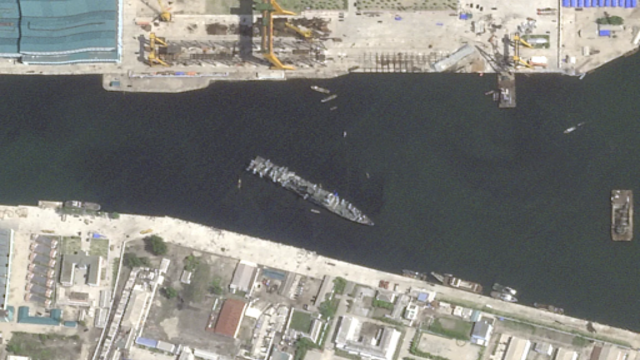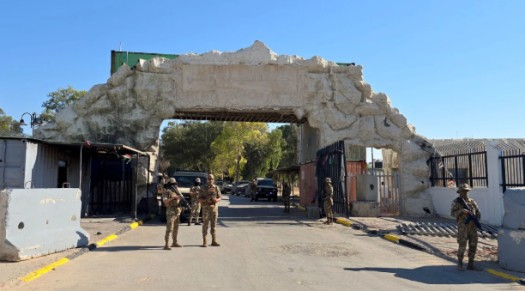
Residents in Northeast Queensland evacuate Townsville due to flooding on February 3, 2025. Reuters
Australia’s northeast is facing severe flooding after days of record-breaking rain, with waters continuing to rise for a third straight day. Authorities have warned residents to prepare for more destruction as the situation worsens.
One person has died in the disaster, and thousands living in low-lying coastal areas have been ordered to evacuate. Nearly an entire summer’s worth of rain has fallen over parts of North Queensland in just a few days, leaving many towns underwater.
The worst-affected areas stretch along 735 kilometers of coastline from Cairns to Mackay, with Townsville, Ingham, and Cardwell among the hardest hit. Queensland Premier David Crisafulli described the devastation in Ingham as heartbreaking, saying homes, businesses, and farmlands have suffered major damage.
The Australian Bureau of Meteorology has extended its severe weather warning, predicting more heavy rain and thunderstorms. Some areas have already received up to a meter of rainfall in the past week. Major flood warnings remain in place for six rivers that have exceeded their normal levels, threatening more damage in the coming days.
A woman in her 60s died in Ingham on Sunday when a rescue boat capsized after hitting a tree. Five others on board were saved. Officials confirmed that there have been no additional deaths or missing persons since Sunday.
Several areas have experienced heavy rainfall, with up to 600 mm (around 23 inches) falling in just 24 hours. Reuters
Prime Minister Anthony Albanese called the tragedy “heartbreaking” and assured the public that the government would provide all necessary resources for rescue and recovery efforts.
As floodwaters spread, residents have been warned about the risk of crocodiles appearing in unexpected places. Queensland’s Department of Environment, Science and Innovation has cautioned that crocodiles may move into new areas in search of calmer waters.
Meanwhile, emergency services have been overwhelmed with 480 calls for help overnight, the highest number since the floods began. Rescue teams have carried out multiple swift water rescues, saving people stranded in their homes and vehicles.
In Townsville, six low-lying suburbs have been declared a high-risk “black zone,” forcing residents to evacuate. Over 400 people have taken shelter in emergency centers, and officials fear the number will rise as flood conditions persist.
Authorities have compared this disaster to the 2019 floods, which were considered a “one-in-100-year event.” The current downpour could match or even exceed that level.
Flooding has cut off major roads, including a section of the Bruce Highway, a key transport route. The collapse of a bridge has further disrupted relief efforts, making it harder for emergency teams to reach affected communities.
Officials have urged residents to remain alert, prepare for the worst, and follow evacuation orders. The rain is expected to ease in the coming days, but floodwaters will take time to recede. Experts warn that extreme weather events like this are becoming more frequent due to climate change, making future floods even more dangerous.















